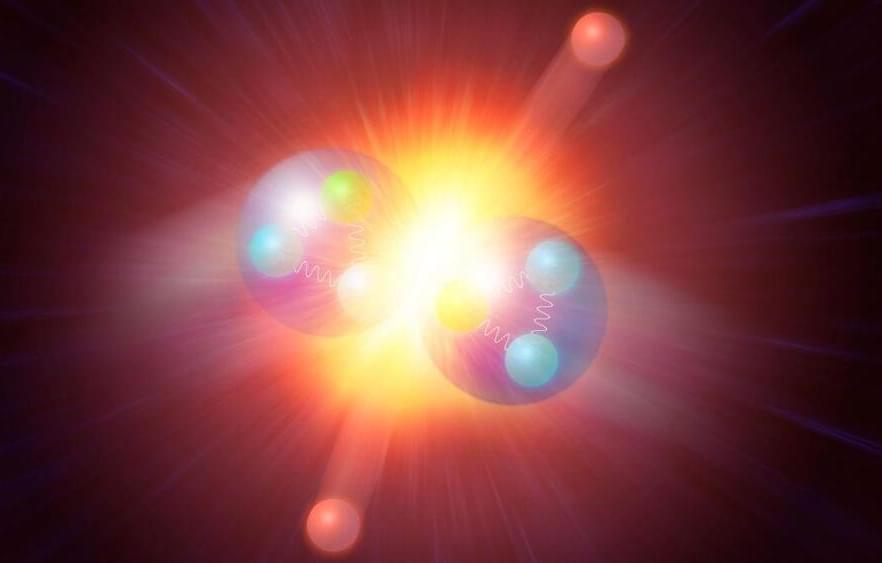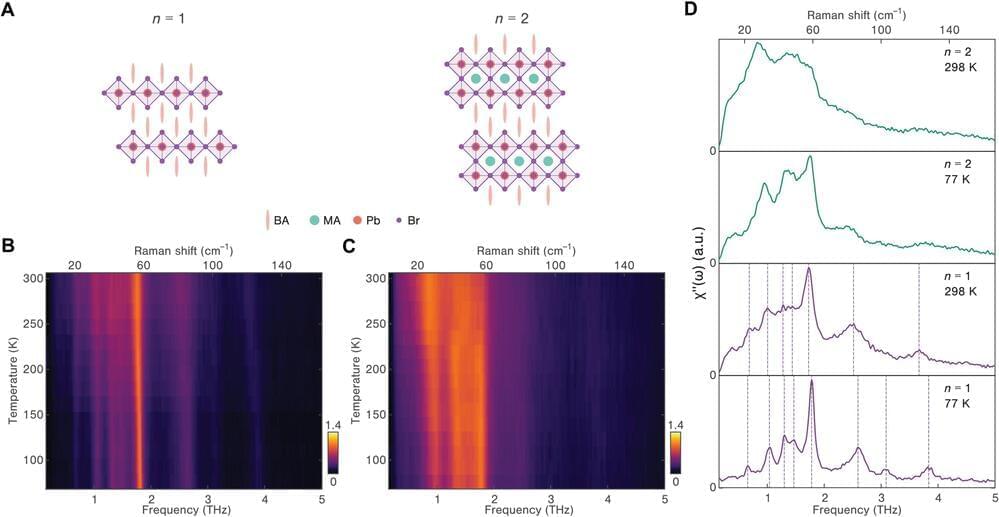Experts at Berkeley Lab finished winding more than 2000 kilometers of superconducting wire into cables for new magnets that will help upgrade the Large Hadron Collider and the search for new physics.
Category: physics – Page 151

The Missing Link in Cognitive Processing? Scientists Discover Swirling Spirals in the Brain
Scientists from the University of Sydney and Fudan University have found human brain signals traveling across the outer layer of neural tissue that naturally arrange themselves to resemble swirling spirals.
Published in the journal Nature Human Behaviour, the study suggests that these widespread spiral patterns, seen during both rest and cognitive activity, play a role in organizing brain function and cognitive processes.
Senior author Associate Professor Pulin Gong, from the School of Physics in the Faculty of Science, said the discovery could have the potential to advance powerful computing machines inspired by the intricate workings of the human brain.

Physicists solve mysteries of microtubule movers
Active matter is any collection of materials or systems composed of individual units that can move on their own, thanks to self-propulsion or autonomous motion. They can be of any size—think clouds of bacteria in a petri dish, or schools of fish.
Roman Grigoriev is mostly interested in the emergent behaviors in active matter systems made up of units on a molecular scale—tiny systems that convert stored energy into directed motion, consuming energy as they move and exert mechanical force.
“Active matter systems have garnered significant attention in physics, biology, and materials science due to their unique properties and potential applications,” Grigoriev, a professor in the School of Physics at Georgia Tech, explains.


An AI pilot has beaten three champion drone racers at their own game
In what can only bode poorly for our species’ survival during the inevitable robot uprisings, an AI system has once again outperformed the people who trained it. This time, researchers at the University of Zurich in partnership with Intel, pitted their “Swift” AI piloting system against a trio of world champion drone racers — none of whom could best its top time.
Swift is the culmination of years of AI and machine learning research by the University of Zurich. In 2021, the team set an earlier iteration of the flight control algorithm that used a series of external cameras to validate its position in space in real-time, against amateur human pilots, all of whom were easily overmatched in every lap of every race during the test. That result was a milestone in its own right as, previously, self-guided drones relied on simplified physics models to continually calculate their optimum trajectory, which severely lowered their top speed.
This week’s result is another milestone, not just because the AI bested people whose job is to fly drones fast, but because it did so without the cumbersome external camera arrays= of its predecessor. The Swift system “reacts in real time to the data collected by an onboard camera, like the one used by human racers,” an UZH Zurich release reads. It uses an integrated inertial measurement unit to track acceleration and speed while an onboard neural network localizes its position in space using data from the front-facing cameras. All of that data is fed into a central control unit — itself a deep neural network — which crunches through the numbers and devises a shortest/fastest path around the track.


Hypothesized Physics ‘Demon’ May Have Been Found Lurking Inside Our Cells
Back in 1,867, in an effort to test his thoughts on the emerging science of thermodynamics, physicist James Clerk Maxwell imagined an intelligent ‘demon’ sorting molecules between two containers based on their energy.
In 2023, a less diabolical version of Maxwell’s fictitious demon may have been found.
According to a new study from researchers at the École Polytechnique Fédérale de Lausanne (EPFL) in Switzerland, proteins embedded in cell membranes called ATP-Binding Cassette (ABC) transporters have features that echo Maxwell’s demon, allowing them to sort substrates.

Discovering enhanced lattice dynamics in a single-layered hybrid perovskite
Layered hybrid perovskites show diverse physical properties and exceptional functionality; however, from a materials science viewpoint, the co-existence of lattice order and structural disorder can hinder the understanding of such materials. Lattice dynamics can be affected by dimensional engineering of inorganic frameworks and interactions with molecular moieties in a process that remains unknown.
To address this problem, Zhuquan Zhang and a team of scientists in chemistry and physics at the University of Pennsylvania, University of Texas, Austin, and the Massachusetts Institute of Technology, U.S., used a combination of spontaneous Raman scattering, terahertz spectroscopy and molecular dynamics simulations.
The research outcomes revealed how the structural dynamics in and out of equilibrium provided unexpected observables to differentiate single-and double-layered perovskites. The study is published in Science Advances.

Scientists Have Made a Discovery That Could Change Our Understanding of the Universe
Researchers from Queen Mary University of London have made a discovery that could change our understanding of the universe. In their study published on August 23 in the journal Science Advances.
<em>Science Advances</em> is a peer-reviewed, open-access scientific journal that is published by the American Association for the Advancement of Science (AAAS). It was launched in 2015 and covers a wide range of topics in the natural sciences, including biology, chemistry, earth and environmental sciences, materials science, and physics.

Scientists See Reality-Bending Alice Rings For The First Time
In a discovery akin to a sci-fi novel, scientists have observed the formation of reality-bending structures known as Alice Rings in a super-cold gas. These peculiar circular formations, named after Lewis Carroll’s iconic Alice of Wonderland fame, have given physicists an unprecedented opportunity to study one-sided magnetism.